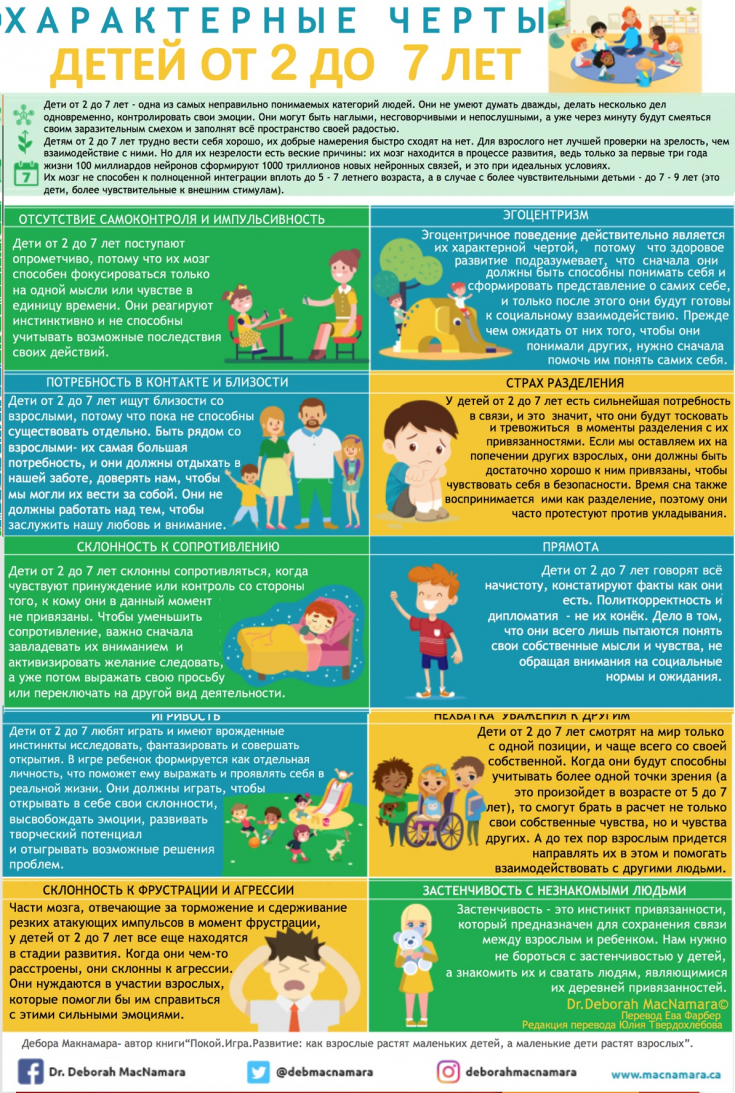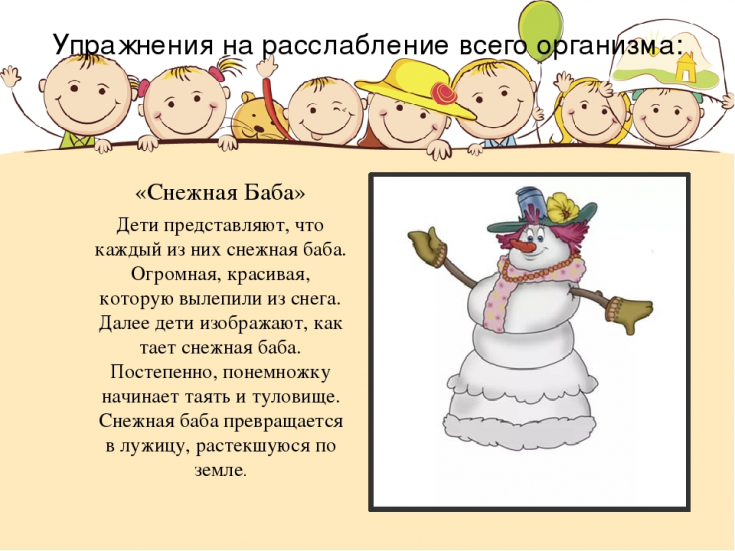Stress in a child — it is the body's response to nervous tension. Many adults are mistaken when they look at childhood through rose-colored glasses. It seems to be a carefree time full of fun and games. But children do not live in a fairy tale, but in the real world, where they can also experience nervous and physical overload. Stress does not depend on age and even a small child can experience stress. We tell you by what signs parents can recognize stress in a child and how special exercises can help in this.
- Stress in a child: causes, signs and consequences
- How to restore calmness to a child: 5 exercises
- Exercise # 1. Write yourself a letter
- Exercise # 2. House
- Exercise # 3. Breathing techniques
- Exercise #4. Sandwich
- Exercise # 5. Creative pursuits
Stress in a child: causes, signs and consequences
In children's lives there are different events, pleasant and not so . Sometimes, something can affect a child so much that it causes poor health and strange behavior. Therefore, adults should be more attentive to what surrounds the child. The causes of children's nervousness and anxiety can be different, but among them there are the most common stress factors.
Factors that may cause stress in child:
-
Illness, visits to medical facilities
-
At at an early age — separation from mother or those who care child
-
Kindergarten visit
-
Parents divorce
-
Scandals in family
-
Bulling in children's team
-
Overloaded or incorrect daily routine
-
Excessive demands of parents and teachers
-
Authoritarian and overprotective parenting style
-
The uncontrolled flow of information that the child receives from TV and the Internet.
The danger of childhood stress is that it turns into a reflex and may be repeated in adult life. In addition, unstable emotional behavior creates indecision, insecurity, fear, and weak immunity in a child. The sooner a child's stress is recognized, the more effectively he can be helped.
Read also: Anti-stress mandalas: how sacred drawings became a fashion trend
Signs of stress in preschool children:
-
Increased excitability, tearfulness
-
Bad appetite and sleep (before there were no problems)
-
Aggressive behavior
-
Fussiness in movements, tic
Signs of stress in schoolchildren:
-
Mood swings, fatigue, irritability
-
Can not concentrate
-
Can not sleep for a long time, sleep is interrupted
-
Bite nails, bite lips
-
Wants to be alone, avoids communication
-
Pain in stomach, headaches, which have not been medically explained

Read also: Anxiety in schoolchildren: causes and solutions
Sensitive children are especially prone to stress, who take everything close to their hearts. They can panic and before pain in stomach be afraid of tests, performances, an aggressive classmate. But even child leaders can suffer from stressful situations when too much is asked of them. In any case, it is important for children to know that they are not alone in their problem and they can be helped.
How to restore calmness to a child: 5 exercises
First of all, the cause of stress must be removed from the child's life. So you immediately reduce the symptoms that don't let him develop and learn. If it's mental overload, rethink your child's schedule, give him more free time to relax and play sports. Help a child who is experiencing a conflict with someone to resolve it. Be especially careful in issues of bullying and don't leave the child to solve the problem.
In a stressful situation, a child can be helped by a psychologist's consultation, daily routine, physical activity, proper nutrition, attention and love of parents. Well proven and exercises aimed at returning the child emotional stability.

Exercise # 1. Write yourself a letter
Often we are very critical of ourselves. Children are no exception, they can engage in self-discipline with no less rapture than adults. As stern as we are with ourselves, others talk. So ask your child to write a letter to himself from his best friend or his idol. Only it should be with words of support and approval.
Exercise # 2. House
Both toddlers and teenagers love a variety of shelters, huts and tents. In itself, being in such a house will help him concentrate and calm down. Equip your child with a wigwam / hut, at least from & nbsp; simple blankets, hang garlands, put pillows. So he will know that he has his own place of refuge from all adversity.
Read also: Arts for children: how to instill in your child a love of beautiful
Exercise # 3. Breathing techniques
Teach your child to breathe deeply and slowly from the belly. Any relaxation exercises from yoga and meditation will help. To master the relaxation breathing technique, ask your child to inhale through the nose, puffing up the stomach, and exhale through the mouth, deflating it.
What else can you do
-
Blow out the candle flame
-
Inflate balloons
-
Blow soap bubbles
-
Meditate to soothing music
-
Stand upside down
Exercise № 4. Sandwich
Wrap the baby in a blanket like a cocoon. Now stroke it like you're buttering a sandwich. Then put some small pillows on it. It will be cheese or sausage. Tell your child that it turned out to be a very tasty sandwich that you will eat with pleasure. Hug your baby and cool them in pillows.
Exercise # 5. Creative activities
Art therapy helps to overcome the effects of stress. It is suitable for all children, regardless of age. You can combine a visit to a psychologist and an art therapist, or use the simplest techniques at home. It is important not to demand results from the child and completely focus on the enjoyment of process.
Creative activities to relieve stress:
-
Sculpting from plasticine, dough, clay
-
Kinetic sand games
-
Coloring & fingerpainting
-
Collage of wishes
-
Painting without a purpose
-
Knead the dough and sculpt a bun
-
Dance to the music
-
Keeping a diary or creative notebook
Read also: Stress prevention: 15 ways to make your life more harmonious






Add a comment